Reasoning is a common subject for all bank exams. This section has sets of questions you can clear in one go, once you understand the problems posed. But with the increasing complexity of questions, it becomes hard for one to give it the cold shoulder. The pattern is getting complex day by day and most of the topics of this section are now being asked in the form of puzzles.
The other important topics to be prepared for bank Examinations are Syllogism, Logical Reasoning, Inequality, Data Sufficiency Ranking, Alpha-Numerical, Direction Sense, Blood Relations, Coding-decoding, Input-Output etc. The only way to ace the scores in the section is strenuous practice.
Puzzle is the most significant part of Reasoning Section as maximum number of questions are expected from this topic. Infact, various questions from other topics are also asked in the form of puzzles. The puzzles now being asked are very lengthy, complex and even calculation based. They are usually based on Seating Arrangement (linear, circular, triangular, rectangular and sometimes hexagonal even), Floors, Tabular form, Blood Relations, etc. and can be asked in 2-4 variables, depending on the difficulty level of the question. A mix of Seating Arrangement and Blood Relations is also being frequently asked in the examinations. An important tip to solve difficult puzzles with 100% accuracy is to make 2-3 possibilities for the same puzzle and keep canceling them out as you proceed. Another important point to bear in mind while doing puzzles is not to ignore the important key points while reading the question. The puzzles that are easy to solve should not consume more than 2-3 minutes, the puzzles of moderate level should be solved within 5 minutes and the difficult puzzles should be finished within 8-10minutes. If the time that you take while solving different puzzles is more than the time affirmed above, then you really need to work on it.
Syllogism is another important topic of Reasoning Ability Section. This could be a tricky topic and requires clarity of the concepts involved in syllogism. The questions can be based on the usual old pattern as well as the new pattern of Reverse Syllogism in which the conclusion is given in the question and you have to choose the correct statements for that particular conclusion. Practice this topic regularly so that you clarify all the basic concepts.
Data Sufficiency is also an important topic that can fetch you good marks. The questions based on data sufficiency can have 2 or 3 statements based on the difficulty level of the questions. Try these questions from various topics like blood relations, distance and direction etc from various sources. This topic can fetch you good marks.
The questions asked from Logical Reasoning are based on cause and effect, a course of action, assumptions and conclusions, strength of arguments, inference, etc. These questions are mostly confusing and its better to attempt these questions if you are sure about the answer.
Inequality, Blood Relation, Direction and Distance are the other miscellaneous topics that are easy to solve as compared to the topics mentioned above. Try to attempt these question in the beginning as these are easy to solve and do not consume much of your time.
Input-output is another topic from which 4-5 questions may be asked. These are generally easy but time consuming. Focus is required while solving these type of questions as you may miss a word or number which may lead you towards wrong output. But if you get the pattern then you can easily fetch marks in this question. Coding-decoding questions are also scoring. They are easy to solve if you have practiced sufficient amount of questions.
The more you practice, the better you get. Only practice can lead to reach your goal. So, to let you practice and ace the score in the Reasoning Section of all the Banking Examinations, Bankersadda is proving you with
Daily Quizzes on these topics with latest pattern questions.. Knowledge is of no value unless you put it in practice. Work hard, keep practicing, and everything will come up roses in the end.
You may also like to read:


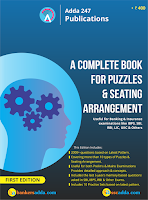
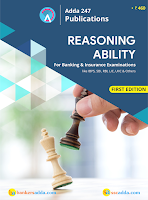


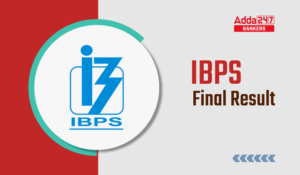 IBPS Final Result 2025 Coming Out Tomorr...
IBPS Final Result 2025 Coming Out Tomorr...
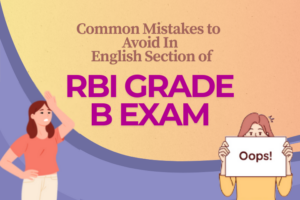 Simple Tips to Avoid Common Mistakes In ...
Simple Tips to Avoid Common Mistakes In ...
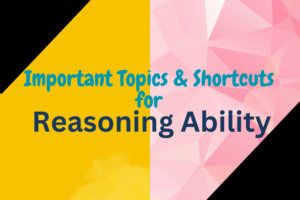 Important Topics & Shortcuts for IDB...
Important Topics & Shortcuts for IDB...





